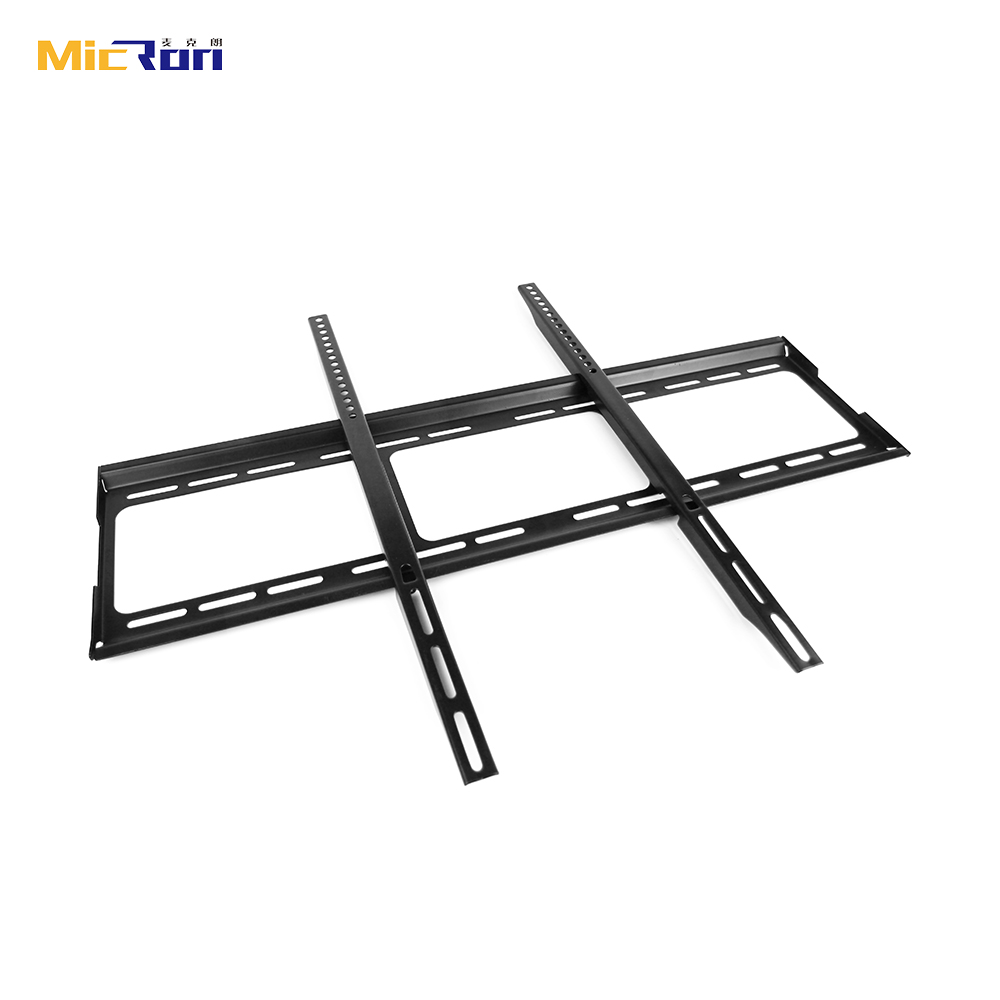Exploring the Best High-Quality Television Stand Manufacturers for Your Home Entertainment Needs
Exploring the Best High-Quality Television Stand Manufacturers for Your Home Entertainment Needs
High-Quality Television Stand Factories An Overview
In today's fast-paced digital age, a high-quality television stand is essential for enhancing the viewing experience in homes and businesses alike. As televisions have evolved, so too have the requirements for their stands. Consumers are increasingly seeking not just functional support but also stylish design and durability. Behind the production of these stands are high-quality television stand factories that play a significant role in meeting modern demands.
The Importance of Quality in Television Stands
Television stands do more than just hold the television set; they also contribute to the overall aesthetic of a room. A well-designed stand can complement interior design, providing an attractive focal point. Furthermore, quality is critical; a stand must securely support the weight of the television, provide adequate storage for media equipment, and ensure stability to prevent accidents, especially in homes with children or pets. Therefore, investing in high-quality materials and craftsmanship is paramount for manufacturers.
The Manufacturing Process
High-quality television stand factories employ advanced manufacturing processes to ensure their products meet strict quality standards. The journey begins with the selection of premium materials such as solid wood, high-grade particle board, metal, and tempered glass. These materials are chosen not only for their aesthetic appeal but also for their durability and strength.
Factories typically implement modern machinery for precision cutting and assembly. Computer Numerical Control (CNC) machines are commonly used to create precise cuts, ensuring that every component fits perfectly. Furthermore, techniques such as veneering and lamination enhance the visual appeal while protecting the materials from wear and tear. Quality control is a crucial part of the process; most reputable factories conduct rigorous tests to ensure that each stand can withstand day-to-day use.
high quality television stand factories

Sustainability in Manufacturing
As environmental concerns grow, high-quality television stand factories are increasingly focusing on sustainable practices. This includes sourcing materials from eco-friendly suppliers and using responsibly harvested wood. Some factories are adopting manufacturing processes that minimize waste, such as precision cutting techniques that optimize the use of raw materials. Additionally, recyclable packaging and energy-efficient production methods are becoming commonplace, appealing to environmentally-conscious consumers.
Design Trends
Consumer preferences are constantly evolving, and factories must stay ahead of design trends to remain competitive. Currently, minimalistic designs with clean lines and neutral colors are popular. Modern consumers favor multifunctional stands that can accommodate media components, while also providing storage solutions. Therefore, factories invest in research and development to innovate and adapt their products to meet these ever-changing demands.
Customization options are also becoming a significant trend. Many high-quality television stand manufacturers offer customizable solutions, allowing customers to choose the size, color, and features that best fit their specific needs. This level of personalization fosters a deeper connection between the product and the consumer, leading to increased satisfaction and loyalty.
Conclusion
High-quality television stand factories are essential in today’s consumer market, playing a crucial role in providing supportive, stylish, and durable solutions for displaying televisions. By focusing on quality materials, advanced manufacturing techniques, sustainability, and adapting to design trends, these factories not only meet but exceed consumer expectations. As the demand for superior television stands continues to grow, these factories will undoubtedly remain at the forefront of innovation, ensuring that homes and businesses are equipped with the best products available. In an era where both form and function matter, the role of television stand factories becomes increasingly significant in shaping our viewing experiences.
-
Premium TV Wall Mount Dubai - Secure, Sleek & Versatile Brackets for Every Wall TypeNewsJun.10,2025
-
Swing Arm Mount for Flat Screen TV – Full Motion Wall Mount for 32-55" TVs, Space-Saving & Easy InstallNewsJun.10,2025
-
Universal Toshiba TV Wall Mount for 32/42/55 Inch ModelsNewsJun.10,2025
-
Premium TV Mounts Suppliers & Factories Top Quality SolutionsNewsJun.10,2025
-
80 TV Wall Mount Bracket - Heavy Duty & AdjustableNewsJun.10,2025
-
Vizio 19 Inch TV Wall Mount Secure Adjustable InstallationNewsJun.09,2025
